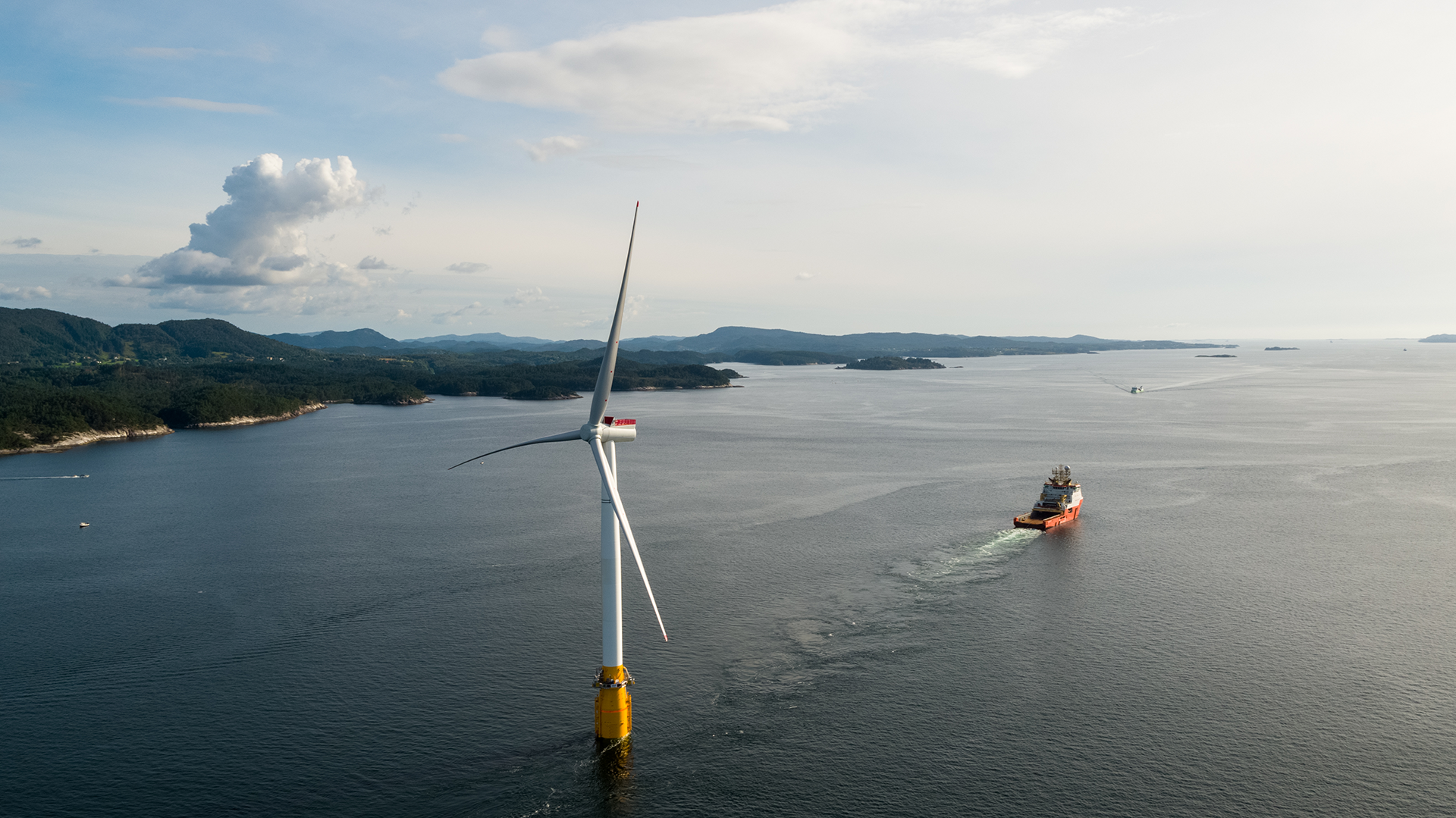Transporting offshore wind turbines

Wind installation vessels ferry turbines and blades to the installation site, often in challenging conditions. The type of vessel used depends on the size of the turbine, the type of foundation, the project budget and vessel availability, among other things.
Types of vessels used for offshore wind turbine transport
Offshore wind turbines are partly assembled on land and then transported to sea using installation vessels and specialised equipment. There are several types of vessels that can be used. Below is a short overview.
Tugboats – the most economical choice
Tugboats are used for towing non-self-propelled barges or floating foundations. Large turbine components such as towers, blades and foundations are loaded onto the barge on shore and transported out to the installation site. The tugboats can also serve as stable platforms for assembling and maintaining the wind turbines at sea.
Crane barges – essential for transport and installation
Crane barges are used for lifting components such as turbines, nacelles and blades from the port to the barge. Once loaded, the barges are towed to the installation site where the cranes – which have significant lifting capacity – are used to lift the components to heights of over 100 metres. This requires high precision and stable weather conditions.
Crane barges and jack-up barges are also commonly used to hoist pre-assembled wind turbines and support structures during the installation process. Older jack-up barges need to be secured in place and require stable weather to be able to position components safely. These vessels lack the height and capacity needed for very-large-scale modern turbines.
Purpose-built jack-up vessels –designed to function in all weather
Purpose-built jack-up vessels are equipped with legs to lift themselves above sea level and are constructed to withstand harsh weather conditions. Due to their height and advanced dynamic positioning systems, the vessels can operate safely in high waves and heavy winds. With an expansive deck space, they can transport and install multiple wind turbines in a single trip, significantly boosting cost efficiency. Despite their high operational cost, the demand for these reliable and efficient vessels is high.
Semi-submersible crane vessels – advanced heavy-lift ships
Semi-submersible crane vessels are advanced heavy-lift ships designed specifically for construction of offshore structures such as wind turbines. These vessels have the largest displacement of all crane vessels and can safely and securely handle extremely heavy loads. With a lifting capacity of up to 20 000 metric tons, semi-submersible crane vessels are indispensable for towing and installing ultra-large turbine blades and towers. These vessels are the most expensive to operate.
